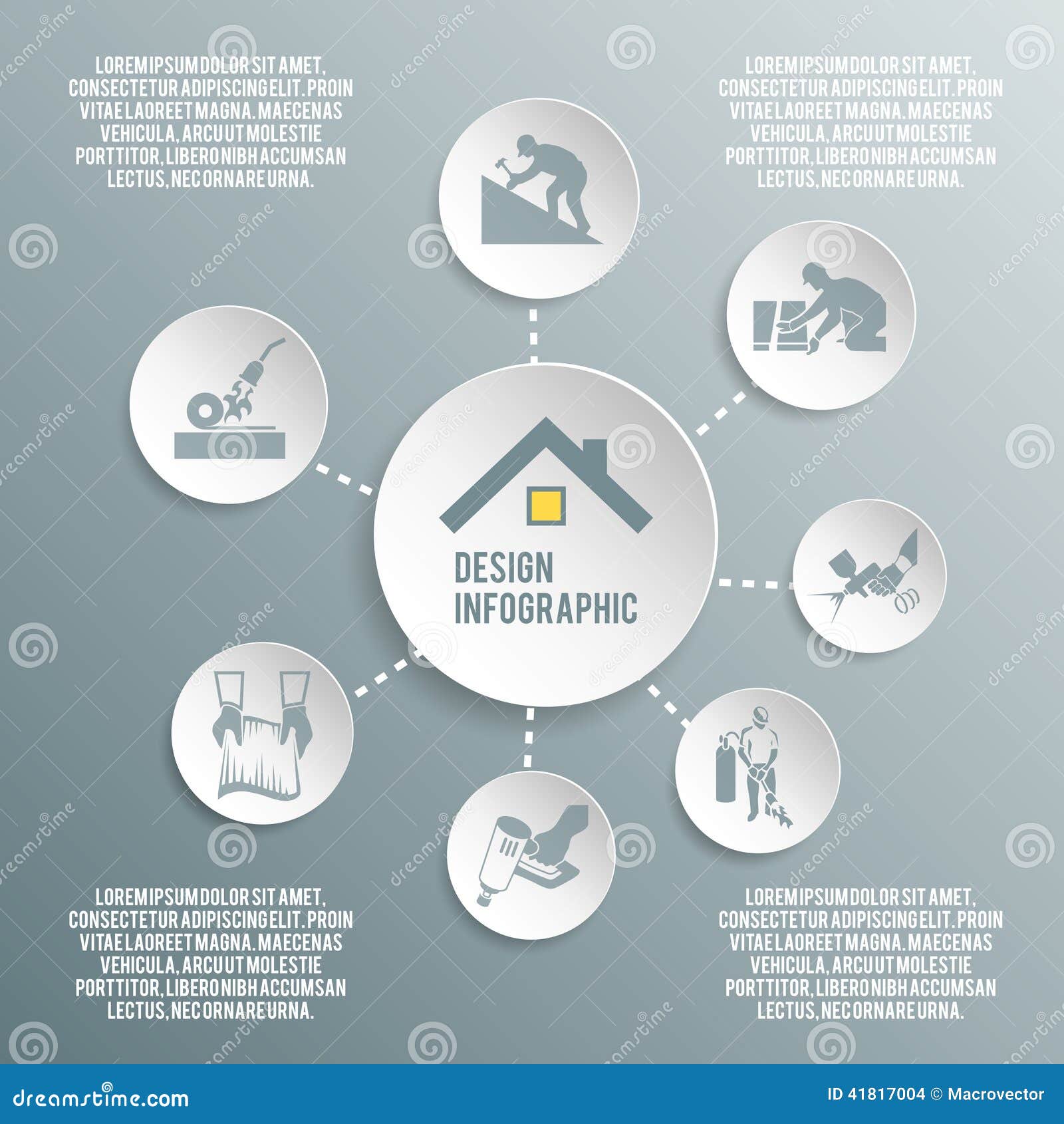A Beginner'S Guide To Understanding Solar Panel Technology And Exactly How It Functions
A Beginner'S Guide To Understanding Solar Panel Technology And Exactly How It Functions
Blog Article
Article By-Jain Fink
So, you've found out about photovoltaic panels and their possible to generate electricity from sunshine, yet how specifically do they function? Comprehending read on behind photovoltaic panels can be a fascinating trip right into the world of renewable resource. From the basic principles of solar batteries to the intricate components that compose a solar panel system, there's a whole world of knowledge waiting to be checked out. Let's untangle the enigmas of solar panel modern technology together.
Photovoltaic Panel Technology Basics
To truly realize the essence of solar panel innovation, you have to explore the fundamental principles that underpin its performance. Solar panels include solar batteries, normally made from silicon, which have the impressive ability to convert sunlight right into electricity via the solar result. When sunshine strikes the cells, the photons in the light interact with the silicon atoms, creating the electrons to damage free from their atomic bonds. This develops an electrical current that can then be taken advantage of for powering various gadgets.
The crucial component of solar panels is the semiconductors within the solar batteries, which help with the conversion of sunshine into useful electrical power. These semiconductors have both positive and negative layers, producing an electrical field that allows for the circulation of electrons.
This flow of electrons, when attached in a circuit, produces straight current (DC) electrical energy. Understanding these basic concepts is crucial for appreciating how photovoltaic panels can harness the sunlight's power to power homes, businesses, and even satellites precede.
Just How Solar Panels Generate Electrical Power
Photovoltaic panel harness the sun's power by transforming sunlight into electrical power through a process referred to as the photovoltaic or pv effect. When sunshine strikes the solar panels, the photons (light particles) are taken in by the semiconducting materials within the panels, usually made of silicon. This absorption generates an electric present as the photons knock electrons loosened from the atoms within the product.
https://ecoflowsolarpanel76543.mybuzzblog.com/9837092/reveal-the-impressive-economic-gains-connected-with-solar-panel-setup-that-go-beyond-prompt-cost-savings-and-government-subsidies within the solar cells after that require these electrons to stream in a certain direction, producing a direct current (DC) of electrical power. This direct current is after that travelled through an inverter, which transforms it right into alternating current (AC) electrical power that can be used to power your home or organization.
Excess power produced by the solar panels can be saved in batteries for later use or fed back right into the grid for credit via a process called net metering. Recognizing just how photovoltaic panels generate power is important to appreciating the environmental and cost-saving advantages of solar power systems.
Comprehending Photovoltaic Panel Parts
One critical aspect of photovoltaic panel modern technology is recognizing the different parts that make up a photovoltaic panel system.
The essential parts of a solar panel system consist of the photovoltaic panels themselves, which are composed of solar batteries that transform sunlight into electricity. These panels are placed on a framework, usually a roofing system, to catch sunlight.
In addition to the panels, there are inverters that convert the straight current (DC) electrical energy generated by the panels into alternating current (AIR CONDITIONING) electrical power that can be utilized in homes or companies.
The system also includes racking to sustain and position the solar panels for optimal sunshine exposure. Moreover, wires and adapters are necessary for moving the electrical energy generated by the panels to the electrical system of a building.
Lastly, a monitoring system might be consisted of to track the efficiency of the photovoltaic panel system and guarantee it's operating effectively. Comprehending these parts is important for any person looking to set up or use photovoltaic panel modern technology properly.
Final thought
Now that you understand the basics of solar panel modern technology and how it functions, you can value the power of using sunshine to create tidy and renewable resource for your building. By utilizing the solar impact and elements like inverters and checking systems, you can add to a much more lasting future while additionally possibly saving on energy costs. Keep learn the facts here now and checking out the possibilities of solar power for a greener tomorrow.
